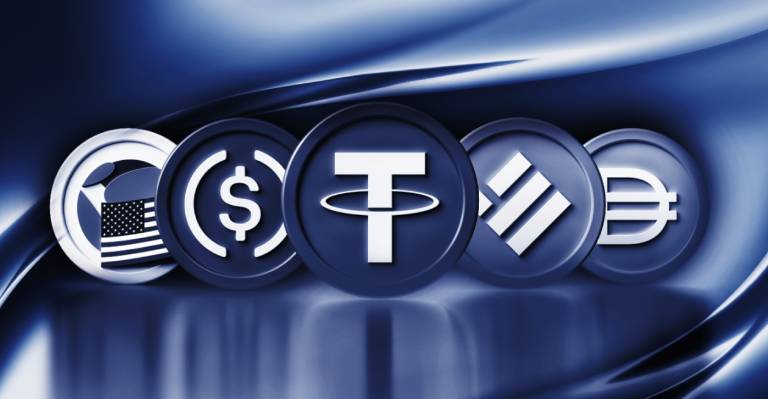TL;DR
- The fourth generation of stablecoins introduces new algorithmic features.
- South Korean experts highlight the risks and challenges of these new tokens.
- USDT’s market share has decreased with the emergence of these new coins.
The stablecoin market faces new challenges with the emergence of what is called the “fourth generation” of these currencies, according to a report by researchers at the South Korean cryptocurrency exchange Bithumb.
These new tokens present advanced algorithmic features that, although they promise greater stability, also introduce additional risks that have not yet convinced many industry experts.
Since their creation, stablecoins have evolved significantly.
The first generation, represented by currencies such as USDT (Tether), uses fiat currencies such as the US dollar as reserves.
These currencies were initially criticized for their lack of transparency regarding reserves, although their issuers have improved trust by publishing detailed quarterly reports on their assets.
The second generation, with examples such as DAI, employs cryptocurrencies as a source of reserve value.
These tokens seek to maintain a decentralized value, aligned with the fundamental principles of blockchain technology.
However, the volatility of the underlying cryptoassets has been a significant issue, leading these projects to include US Treasuries and other real-world assets in their reserves to mitigate risk.
However, these conservative approaches have limited the scalability of these currencies.
Third-generation stablecoins introduced algorithmic features to maintain price stability without relying on fiat or crypto collateral.
These algorithms adjust the supply and demand of currencies to stabilize their value.
However, it has been shown that under unfavorable market conditions, these algorithms are not sufficient to maintain a fixed value, which has resulted in significant “unpinning” risks.

Fourth Generation of Stablecoins: Innovation and Risks
The latest evolution in the stablecoin market, the fourth generation, seeks to address the deficiencies of its predecessors through improved algorithms.
These currencies, such as Ethena (USDe), also use algorithms to control supply, but with more advanced mechanisms that promise greater stability.
Despite these improvements, many experts remain cautious and highlight the risks inherent in algorithmic systems.
The Bithumb report notes that since the emergence of these fourth-generation coins, USDT’s market share has decreased from 80% to 70%, indicating that they are gaining traction in the market.
However, overcoming risk perception remains a significant challenge to widespread adoption of these new stablecoins.
For these new currencies to be successful, it is crucial to address the associated risks and demonstrate their ability to maintain stability and scalability.
Although algorithmic improvements are promising, market confidence and widespread acceptance will depend on the ability of these coins to operate reliably under various market conditions.
The future of stablecoins could be in the hands of this fourth generation, as long as they can overcome current challenges and gain the trust of investors and users.

